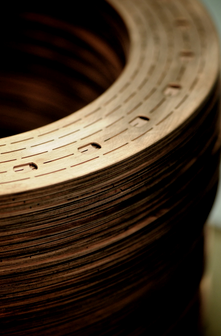MIT researchers have developed a new ultrasensitive magnetic-field detector that is 1,000 times stronger and efficient than its previous versions.
This latest breakthrough can be used to power small sized medical devices, imaging equipment, contraband detection, and even geological exploration. Magnetometers are already being used to the mentioned applications. However, some technological equipment still relies on gas chambers and some are only applicable to work in narrow frequency bands, Phys.Org reported.
Synthetic diamonds with nitrogen vacancies (NVs) have been promising as the basis for efficient and portable magnetometers. A very tiny diamond about one-twentieth the size of a thumbnail can contain trillions of nitrogen vacancies where each has the ability of making its own magnetic-field measurement.
Scientists have undergone challenges previously to combine such a high number of measurements to be able to determine such measurements. Researchers are required to use the nitrogen vacancies with a laser light. The magnetic condition is shown through the intensity of the laser light used.
"In the past, only a small fraction of the pump light was used to excite a small fraction of the NVs. We make use of almost all the pump light to measure almost all of the NV," explained Dirk England, the Jamieson Career Development Assistant Professor in Electrical Engineering and Computer Science and one of the designers of the new device, according to News Maine.
The researchers from MIT reported their new device in the current issue of "Nature Physics," a scientific journal published by Nature Publishing Group in the United Kingdom, according to Hannah Clevenson, an Electrical Engineering graduate student being advised by senior authors Englund and Danielle Braje, a physicist at MIT Lincoln Laboratory.
They worked together with Matthew Trashier and Carson Teal, students of Englund who are also working at Lincoln Lab, and Tim Schroder, a postdoc in MIT's Research Laboratory of Electronics.



























